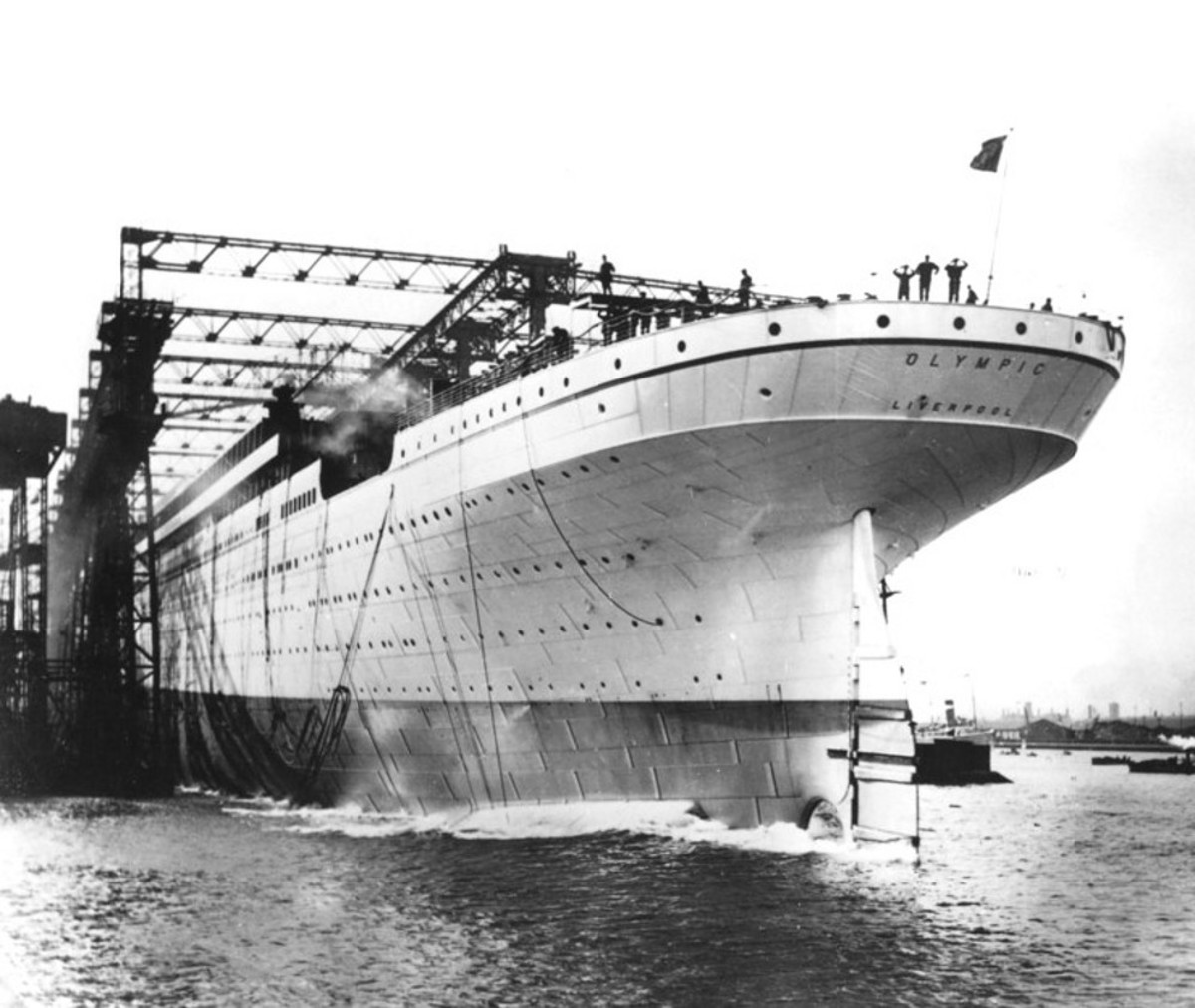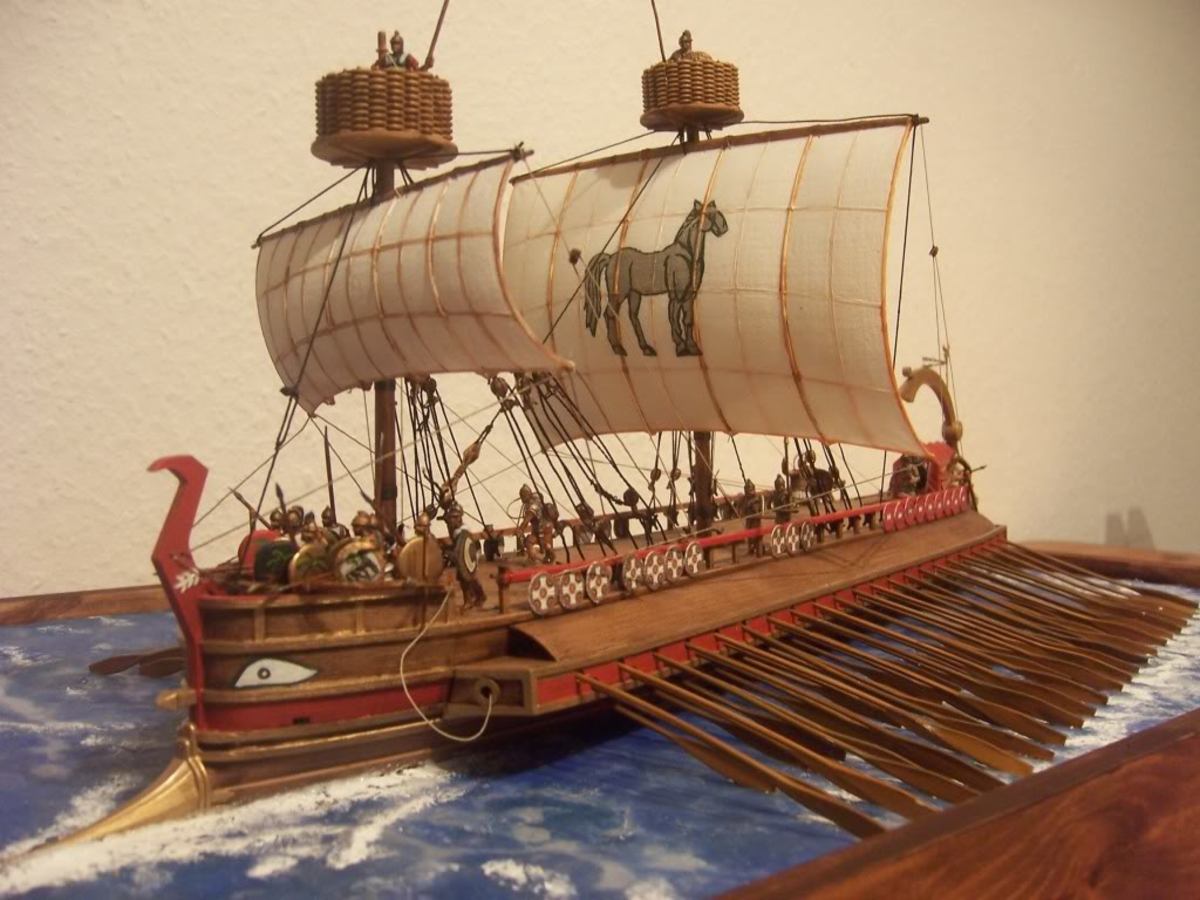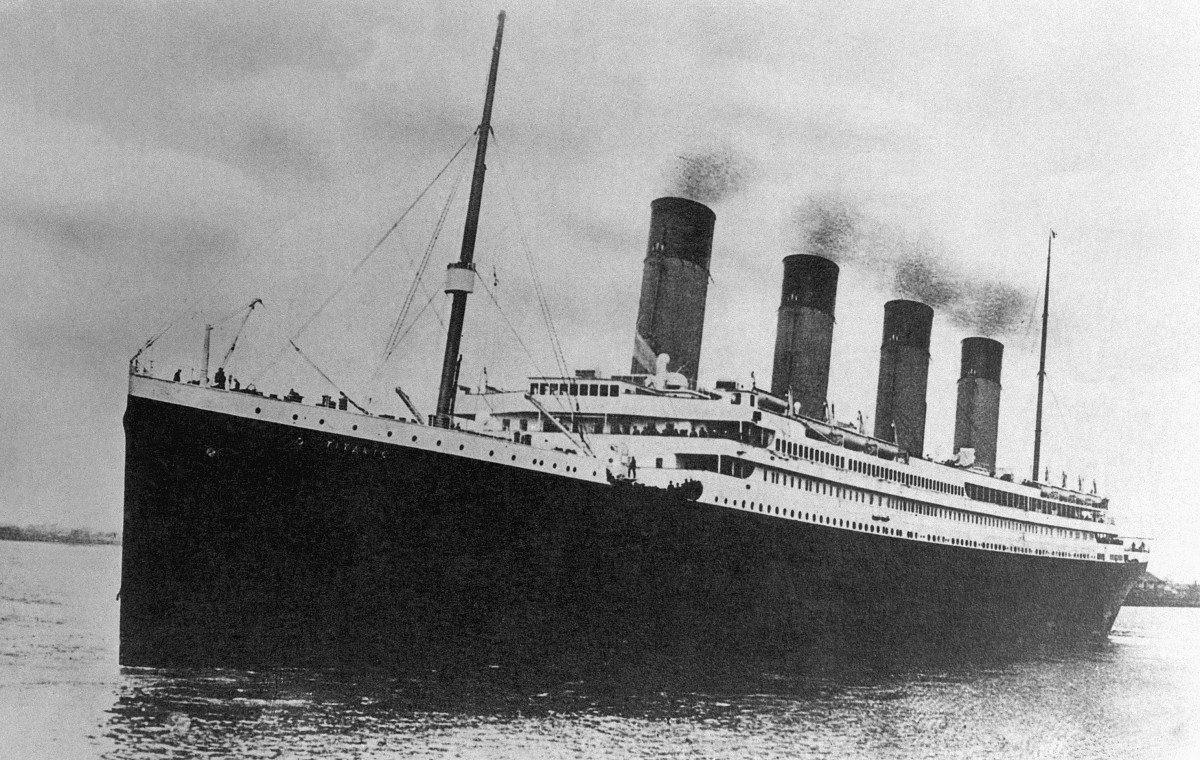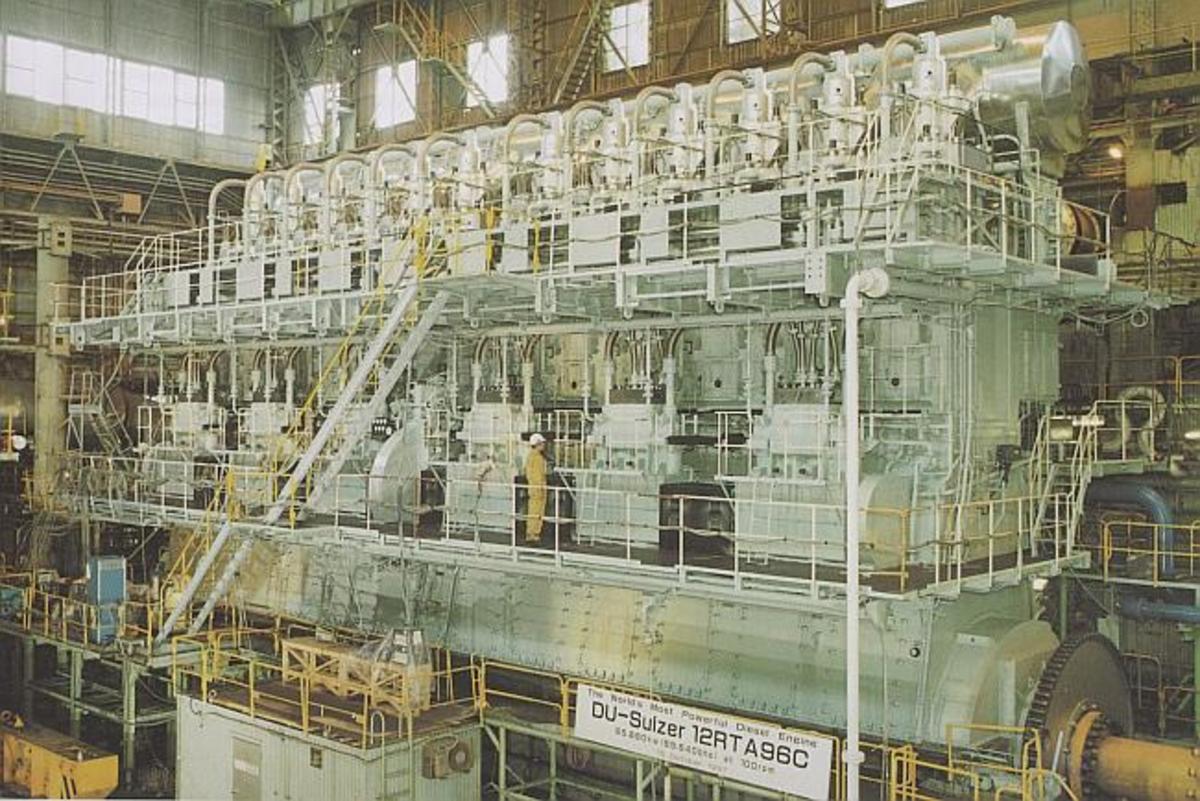Why the Titanic and Contra Concordia Sank
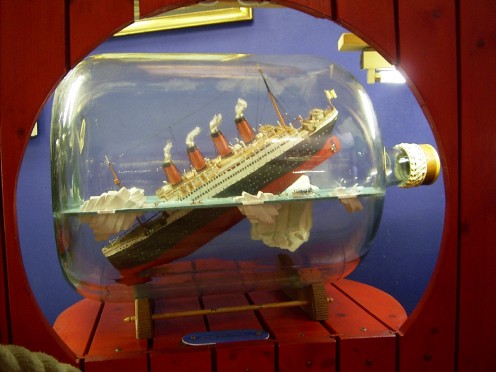
PBS recently aired a fascinating documentary called "Why Ships Sink" which examined the similarities in the construction and sinking of the Titanic in April 1912 and the Italian Contra Concordia almost exactly 100 years later (January 2012)...at nearly the same time of night.
Both were the epitome of luxury.
Both had been built to current state-of-the-art design and construction standards. In fact, the Contra Concordia owed her double hull to the Titanic, but we'll get to that later.
Both were equipped with the latest communication and navigation aids, although the Titanic's Marconi (radio telegraph) was little more than a novelty installed so First Class passengers could send endless Tweet-like messages to friends and relatives on land.
Harland & Wolff, Ship Builders
The Titanic and her sister ship, the Olympic, were built for the White Star Line by Harland and Wolff, premier ship builders of the day, at its shipyard in Belfast, Ireland. H&W has been building all types of ships there since the 1850s. In fact, in late December 1883 and early January 1884, my great-grandparents crossed the icy-cold North Atlantic in a ship built by H&W, the American Lines S.S. British Crown.
While researching other H&W ships built around the same time as the Titanic, I learned it wasn't known in 1912 that impurities in the steel used in her hull would make it extremely brittle in icy waters.
That was the Titanic's first design "flaw".
The second was the steel plates that made up the hull were riveted together, not welded. (Welding was unknown or not yet used in shipbuilding in 1912.) Under stress - colliding with the sharp edge of an iceberg, for instance - the heads of the rivets simply popped off and the steel plates separated, allowing water to pour into the supposedly water-tight compartments in the bottom of the ship.
Which brings us to the third design flaw: those compartments were not watertight. The walls of each compartment did not go all the way to the ceiling. Meaning once enough water had come in, it flowed over the tops of the walls into compartments that had not been ripped open by the impact. Watertight compartment walls all the way to the ceiling was one change that came out of the Titanic disaster.
The fourth, perhaps most fatal, design "flaw" was that the Titanic and every ship built by H&W before it (including the one my gr-grandparents were on) had a single hull. Meaning once breached, water could flow into every section of the lower part of the ship and rise through the stairwells to the decks above.
(Which makes the real question not 'Why did the Titanic sink?", but 'Why didn't more of the ships built before it?'...)
Contra Concordia's Double Hull
Since the Titanic, passenger ships have been built with "double hulls" - imagine a thermos bottle or insulated cup - so if a ship collides with a rock or an iceberg, water can only flow into the outer hull, but not into the engine room or the decks above. Because of the weight and sloshing of the water, double hulls won't keep a ship from sinking if the outer hull is breached. But they will extend the time passengers can escape in lifeboats or be rescued by other ships (or in the case of the Contra Concordia, by helicopter).
However...even on today's mammoth cruise ships, those outer hulls don't go all the way to the waterline. Extending it that far not only adds to the cost of construction, but cuts down on speed and fuel consumption. The Contra Concordia proved this to be a penny wise and pound foolish policy, since it was a rip in the inner hull below the waterline but above the outer hull that brought her down.
(If you're planning a cruise any time soon, you should find out if the vessel you'll be on has been retrofitted with an outer hull all the way to the waterline...)
Fire in the Coal?
Some believe a smoldering fire in the Titanic's coal bins weakened the hull in the area where the iceberg hit.
It is true coal back then could and would ignite spontaneously in ships' holds, and that this was a constant concern in ships whose boilers were powered by coal. It's also true such a fire had occurred during the Titanic's trial run, but extinguished before it reached Southampton for the maiden voyage.
However, if the coal did re-ignite at some point - it's only conjecture that it did- it couldn't have made the hull of the Titanic any weaker than it already was thanks to the design and construction flaws above.
Now for the human factor...
Instead of giving the order to abandon ship immediately after learning their ships were mortally wounded, the captains of both ships froze, leaving passengers (and crew members) to fend for themselves. Both also waited an hour or more to notify ships in the area that his ship was sinking. The Marconi operator took it upon himself to send Titanic's SOS, the last message ever sent from it.
The captain of the Contra Concordia did do one thing right, even if it was only to save his own skin. By the time he was aware of the severity of the damage, the ship was already heading into open sea. But he somehow managed to turn it around and maneuver it back to shallow water close to land. Then he jumped into the first lifeboat he could get to and refused to go back, even after being ordered to do so by the Italian Coast Guard.
The Titanic's captain didn't jump ship, but neither did he participate in the evacuation efforts. Inaction and denial that their ship is really sinking is apparently a common reaction among captains of large cruise ships. It didn't help that the press had deemed the Titanic "unsinkable". No ship is truly unsinkable, but it's easy to see why the captain of "the [then] largest ship ever built" would believe his was.
As for the Titanic-Olympic "switch conspiracy" theory...
Hogwash. Pure hogwash.
First off, they were both of the Olympic class, and to the untrained eye, identical. But they weren't identical, inside or out. A trained eye could easily spot the differences in fittings, porthole configurations, hatch covers, etc., even that the steel plate next to an anchor port overlaps on the Olympic, but on the Titanic is flush with the neighboring plate.
It is true that while the Titantic was being completed, White Star did substitute photos of the Olympic for publicity purposes. It's also true that some of the blueprints for both were identical and therefore labeled 400-01, 400 being the H&W ID number for the Olympic and 401 for the Titanic. Same for many, but not all, of the engine parts and fittings. Anyone who considers a part stamped "401" from the Olympic "proof" the Olympic was the "real" Titanic knows nothing about manufacturing or shipbuilding.
The Olympic was not substituted for the Titanic at the last minute so the White Star Line could collect insurance to recoup its losses for the expensive repairs necessitated after the Olympic was rammed by a Royal Navy vessel in Southampton harbor a year before the Titanic made her fateful voyage.
The myth that White Star arranged such a switch and to have ships standing by at a certain longitude and latitude to take on the Olympic's passengers in order to sink it without loss of life is just that - a myth.
Those who believe it isn't a myth overlook the fact that thousands of workers were crawling all over the Titanic every day to ready her for the much-heralded maiden voyage. Again, the Titanic and Olympic were not identical, and those workers knew every inch of the Titanic intimately. They would've noticed immediately that they were working on a different ship.
But enough about the "switch conspiracy" in this hub.
Bruce Beveridge and Steve Hall list the differences between the Titanic and the Olympic in detailed explanations and photos in their Olympic & Titanic: The Truth Behind The Conspiracy.
Other Hubs About the Titanic
- Remembering the Titanic 100 Years Later: A look at the human experience
The Titanic sank on April 15th, 1912. For the 100th anniversary of the sinking, a look at the human emotions of those who experienced the tragedy. - The Real Rose Calvert from Titanic the Movie
A fascinating look at Beatrice Wood, the woman James Cameron modeled Rose Dewitt Bukater Calvert after in the movie "Titanic". - Journey Interrupted on the RMS Titanic One Century Ago
The Titanic had passengers from all over the world, including a wealthy Ontario stockbroker and his family returning from England with servants for their new mansion. Their lives took a tragic turn on the cold North Atlantic.
What do YOU think?
Was the sinking of the Titanic an accident or intentional?
Which ship sank on the night of 14-15 April 1912?
Other Titanic Sites
- Brendan (Chicago, IL)'s review of Olympic & Titanic: The Truth Behind the Conspiracy
A book written in response to claims made in other places that the Titanic was actually the heavily-damaged Olympic, intentionally sunk... - Olympic & Titanic: The Truth Behind the Conspiracy - Bruce Beveridge, Steve Hall - Google Books
Read selected pages and see many of the photos that prove the Olympic and the Titanic weren't switched.
~:~ ~:~ Many thanks to Marcy Goodfleisch for urging me to do this hub! ~:~ ~:~


